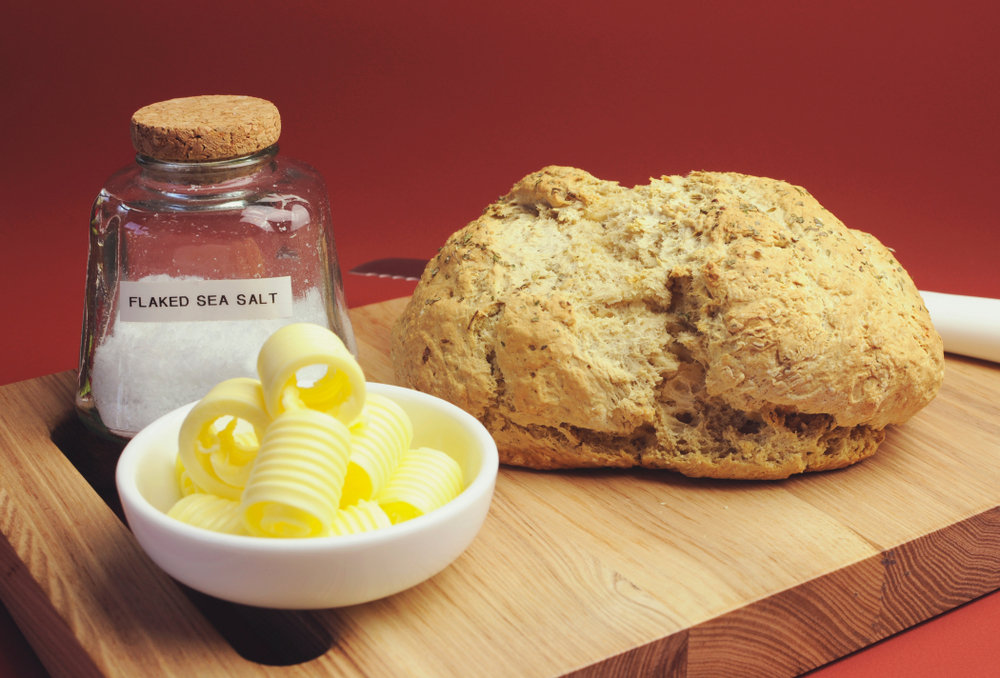Damper, with its rustic charm and simple ingredients, is a testament to Australia’s bush heritage. Traditionally baked by stockmen during long trips, this bread has evolved over the years, but its essence remains rooted in Australian traditions. Let’s embark on a journey to recreate this iconic dish.
A Brief Sojourn into Damper’s History
Originating from the early colonial days, Damper served as a staple for Australian drovers and stockmen on the move. They needed a bread that could be made without the conventional oven and with limited ingredients they could carry. Baking it in the ashes of a campfire became the go-to method. Its simplicity and taste made it an instant favorite, ensuring its survival and evolution over the years.
The Cultural Significance of Damper
While Damper is essentially a type of bread, its significance transcends its culinary role. It’s a symbol of the Australian outback and the rugged pioneers who explored and worked in challenging conditions. Damper isn’t just food; it’s a slice of Australian history, invoking images of campfires under the vast southern sky, tales of adventures, and the spirit of the Australian bush.
Essential Ingredients and Modern Twists
- Self-raising flour – 3 cups
- Salt – 1/2 teaspoon
- Butter – 3 tablespoons, cold and cubed
- Water – approximately 1 cup
Modern Twists:
– For a richer flavor, consider adding a tablespoon of sugar or honey.
– Mix-ins like dried fruits, nuts, or fresh herbs can be incorporated for varied textures and flavors.
Preparation Steps and Baking Tips
- Mixing Ingredients: In a large bowl, combine the flour and salt. Rub in the cold butter until the mixture resembles coarse breadcrumbs.
- Forming the Dough: Gradually add water, mixing until a soft dough forms. Knead lightly on a floured surface until smooth.
- Baking: Shape the dough into a round loaf and place it on a preheated camp oven or a baking tray. Using a sharp knife, make a cross on the top. Bake in a campfire’s ashes or in a conventional oven at 200°C for about 30 minutes or until it sounds hollow when tapped.
- Serving: Damper is best enjoyed warm, slathered with butter, golden syrup, or jam.
Baking Tips:
– If baking in ashes, ensure the Damper is surrounded by hot coals and not flames to avoid burning.
– For an even crust, occasionally turn the Damper while baking in the ashes.
Pairing Ideas and Serving Occasions
Today, Damper is often paired with traditional Australian meals, especially stews or as part of a classic Aussie barbecue. Its versatility also makes it an excellent breakfast option with some butter and Vegemite. Many Australians also enjoy it during national celebrations like Australia Day or as a nostalgic nod during camping trips.

Final Reflections
Damper, in its essence, captures the spirit of Australia – rugged, simple, yet deeply satisfying. Whether you’re an Aussie longing for a taste of home or a culinary explorer, baking a Damper is sure to be a rewarding experience.
Common Queries about Damper
Can I use regular flour if I don’t have self-raising flour?
How do I store leftover Damper?
Why is it called “Damper”?
Damper encapsulates the spirit of Australian bush life. Delve into more iconic meals from the region in our extensive Oceania food guide.
